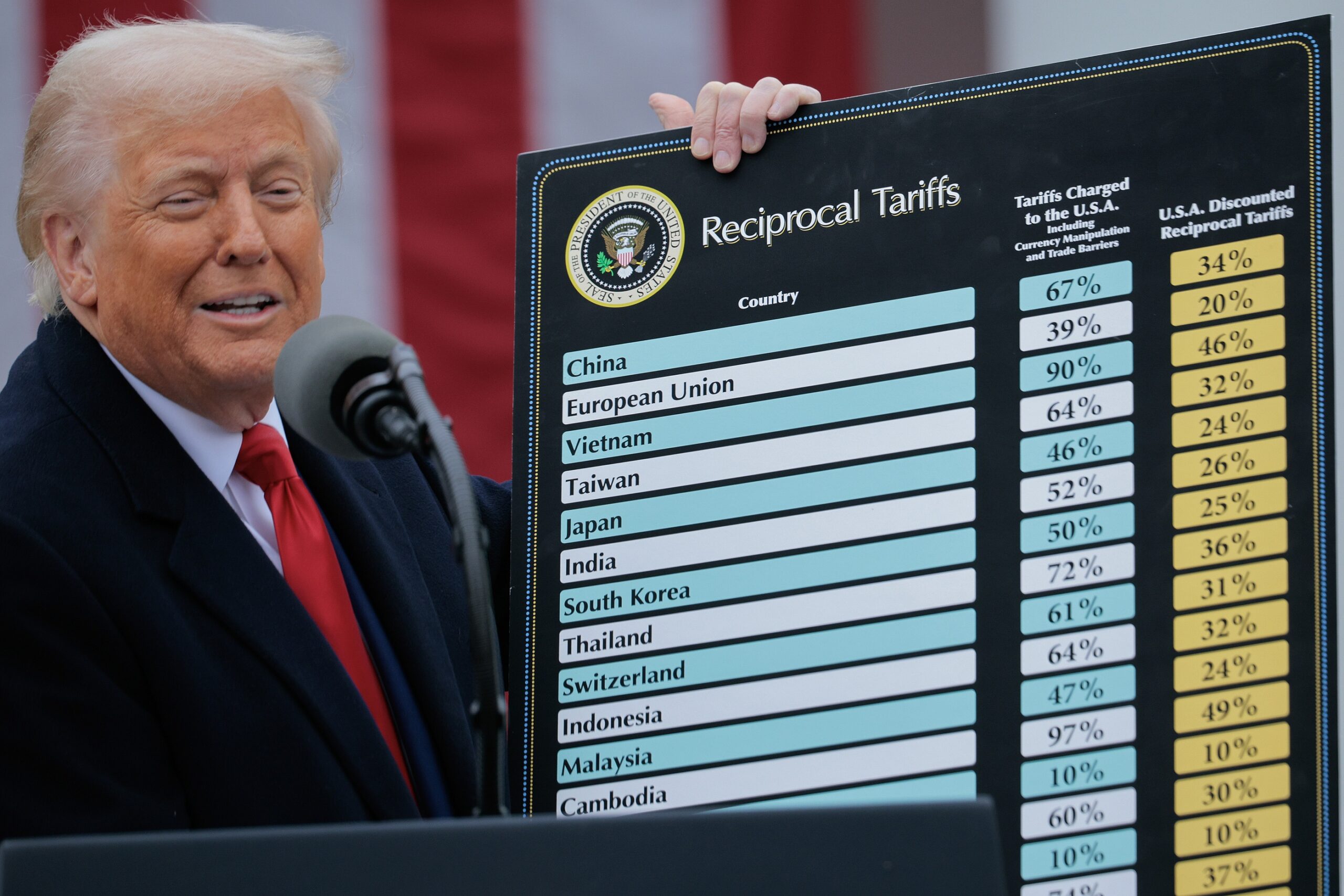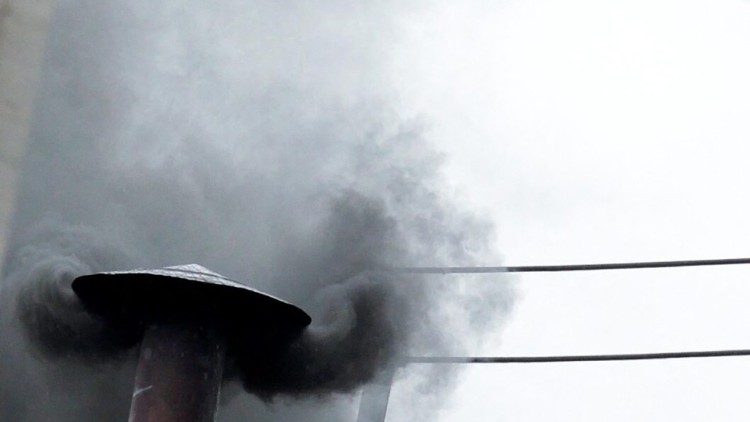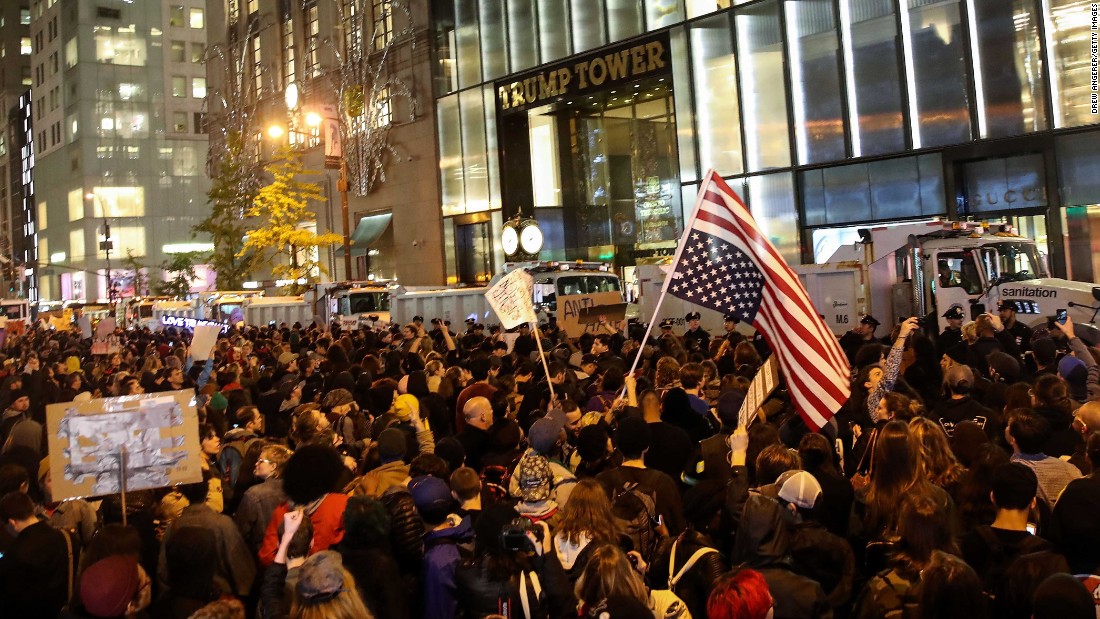Global Markets Plunge Amid Intensifying U.S.-China Trade Conflict
April 4, 2025
Global stock markets are taking a beating for the second day in a row, as the renewed trade spat between the United States and China sends shockwaves across economies and trading floors worldwide. Investors are growing increasingly uneasy as the conflict escalates, putting pressure on everything from tech stocks to international shipping.
Tensions Hit a Boiling Point
It all started earlier this week when the U.S. administration pushed forward with sweeping new tariffs on major trading partners—China being the hardest hit. In a swift and firm response, Beijing imposed a 34% tariff on American imports, sparking fears of an all-out trade war that could drag down global growth.
Wall Street Takes a Nosedive
On Friday, the Dow Jones Industrial Average dropped more than 2,200 points, its sharpest single-day fall since the 2020 COVID crash. This came right after a 1,600+ point loss the previous day. The S&P 500 followed suit, and the tech-heavy Nasdaq officially dipped into bear market territory—down over 20% from its recent high.
Europe and Asia Feel the Heat Too
The panic didn’t stay in the U.S. European markets also plunged, with the FTSE 100 seeing its biggest loss in years—a dramatic 5% drop. The Stoxx 600 index, a key barometer of European stocks, fell by more than 10%. In Asia, markets opened in the red as well, signaling just how global the uncertainty has become.
Fed Keeps Its Distance
Meanwhile, Federal Reserve Chair Jerome Powell struck a cautious tone, signaling that the Fed isn’t ready to lower interest rates despite rising inflation concerns tied to the tariffs. The stance puts the Fed at odds with the White House, which is pressuring for quick action to stabilize the market.
Job Growth Can’t Calm the Storm
Interestingly, the U.S. added more jobs in March than expected—a typical cause for celebration. But this good news got buried under the market turmoil. Investors are now more focused on how the trade fallout might slow growth or even tip the global economy into a recession.
Experts Raise Recession Flags
Economic analysts aren’t optimistic. JPMorgan revised its forecast, saying there’s now a 60% chance of a worldwide recession, citing the tariff escalation and market instability. The concern is that the longer this trade standoff continues, the harder it will be for global supply chains—and economies—to recover.
Trump Holds Firm, Allies Worry
President Trump isn’t backing down. He called the market downturn a “chance to buy low” and hinted at slapping even more tariffs on key sectors like pharmaceuticals and semiconductors. Meanwhile, other global leaders, including Australia’s top officials, are calling for diplomacy and open dialogue before the situation spirals further.
What’s Next?
With both the U.S. and China digging in their heels, there’s no clear end in sight. Markets will likely stay volatile until some form of resolution is reached. For now, investors, businesses, and governments around the world are holding their breath—and their wallets—watching closely for the next move.



